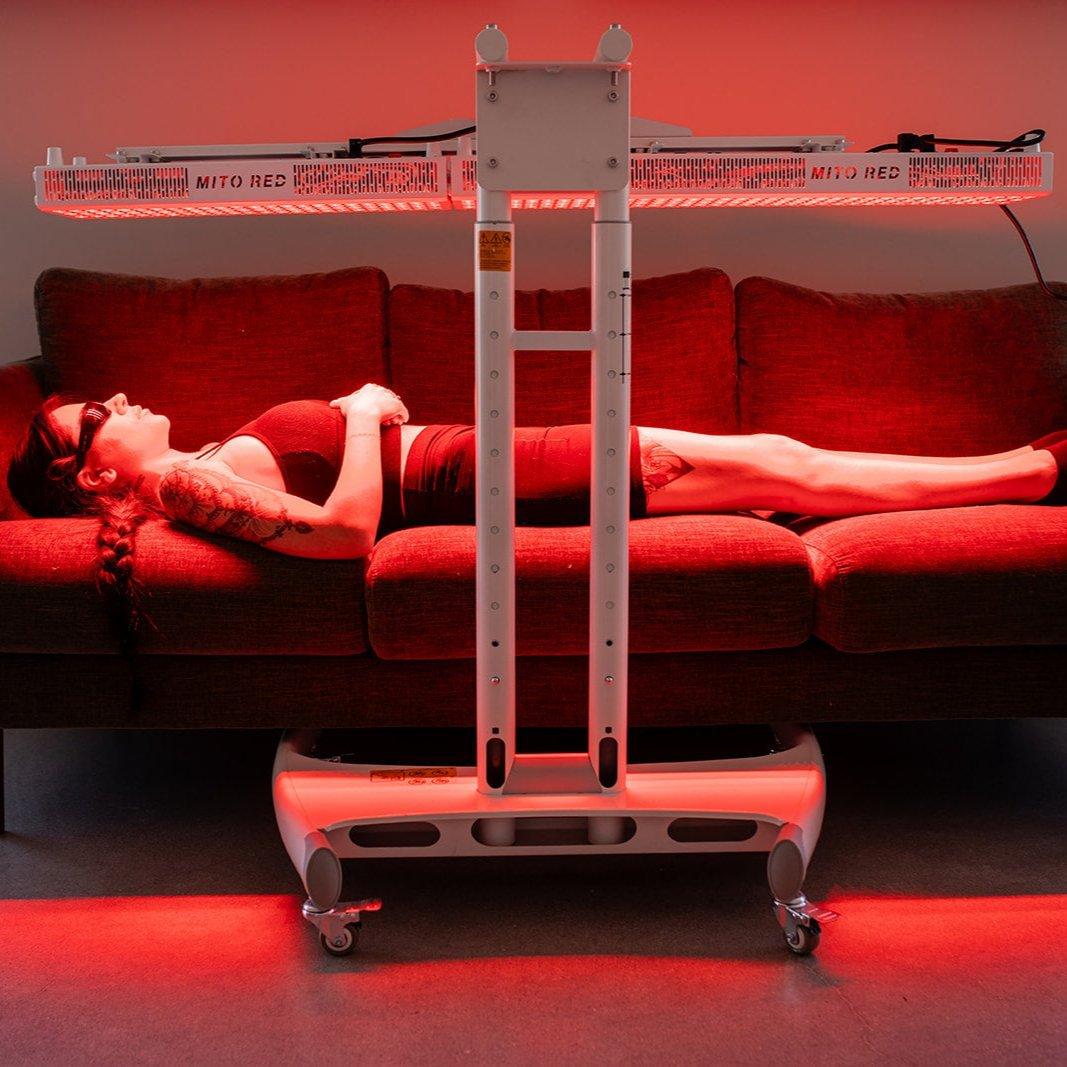Exposure of biological tissue to photobiomodulation therapy (PBMT) seems to increase the oxygen availability and mitochondrial electrochemical activity. With the advancement of new technologies, such as near-infrared spectroscopy (NIRS), information can be obtained about the balance between oxygen utilization and delivery by assessing local oxy- ([O2Hb]) and deoxy-myohemoglobin ([HHb]) concentrations, both measured in micromolars (μM). Consequently, NIRS can be used to study ("in vivo") PBMT effects on the oxidative system, including oxygen availability. Thus, the main objective of the present study was to use NIRS to investigate the acute effects of PBMT by light-emitting diode (LED) on the oxygen delivery and utilization in humans. Twelve healthy young participants were treated with a LED device (850 nm, 50 mW, 2 J) and placebo applied over the proximal third of the flexor carpi ulnaris muscle of the left or right forearm selected in a random order.






























